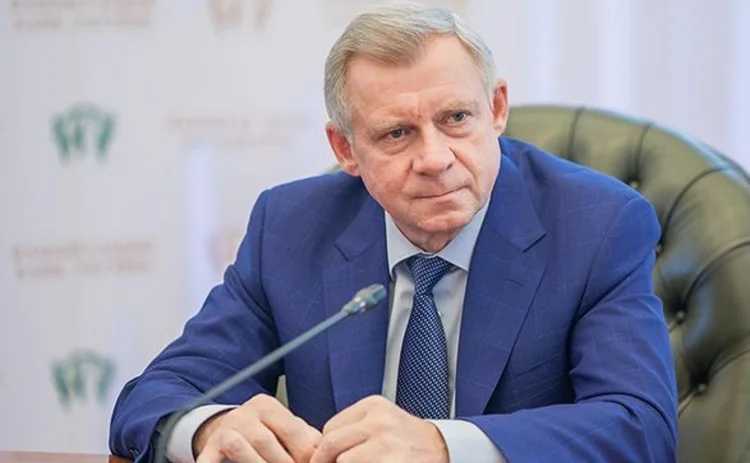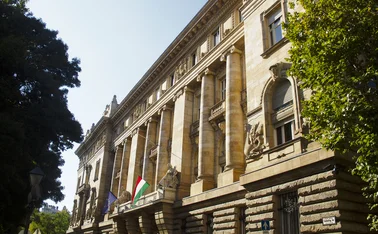
Ukraine’s central bank goes back to 5% inflation target
National Bank of Ukraine raises rates, despite falling core and headline inflation

The National Bank of Ukraine has reaffirmed its goal of reducing inflation to 5% by the end of 2019, after more than a year of being unable to meet its monetary policy targets.
On July 12, the NBU raised its policy rate by 50 basis points to 17.5%, saying it was necessary, despite falling headline and core inflation. Ukraine’s year-on-year inflation fell to 9.9% in June – the lowest figure for more than a year.
Four days later, on July 16, the central bank published a revised inflation
Only users who have a paid subscription or are part of a corporate subscription are able to print or copy content.
To access these options, along with all other subscription benefits, please contact info@centralbanking.com or view our subscription options here: subscriptions.centralbanking.com/subscribe
You are currently unable to print this content. Please contact info@centralbanking.com to find out more.
You are currently unable to copy this content. Please contact info@centralbanking.com to find out more.
Copyright Infopro Digital Limited. All rights reserved.
As outlined in our terms and conditions, https://www.infopro-digital.com/terms-and-conditions/subscriptions/ (point 2.4), printing is limited to a single copy.
If you would like to purchase additional rights please email info@centralbanking.com test test test
Copyright Infopro Digital Limited. All rights reserved.
You may share this content using our article tools. As outlined in our terms and conditions, https://www.infopro-digital.com/terms-and-conditions/subscriptions/ (clause 2.4), an Authorised User may only make one copy of the materials for their own personal use. You must also comply with the restrictions in clause 2.5.
If you would like to purchase additional rights please email info@centralbanking.com test test test







